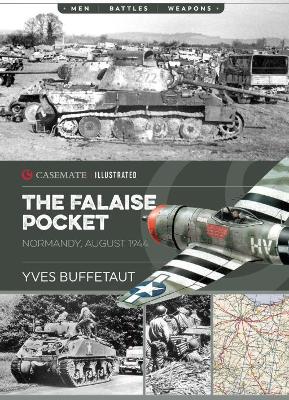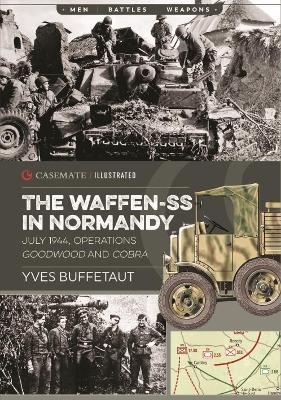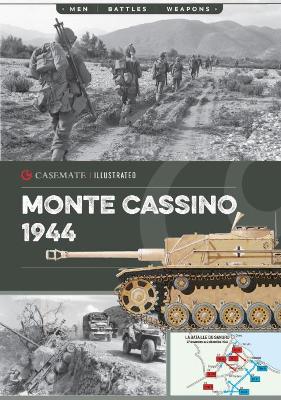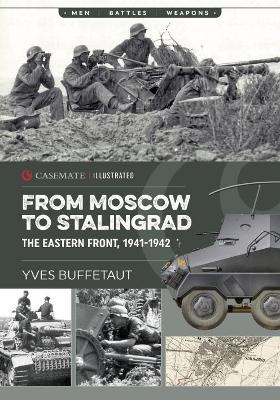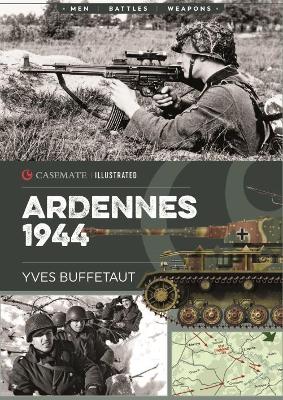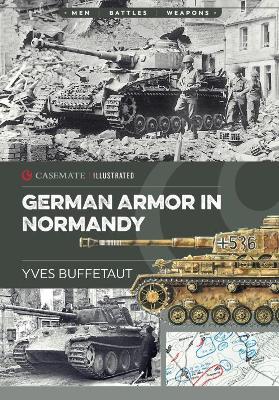Casemate Illustrated
9 total works
Das Reich was the first Waffen SS division created (though the title "1st" was reserved for Hitler's Leibstandarte). Originally named the Verfugungs Division, its regiments fought through the campaigns in Poland, the Low Countries, and France, earning the respect of Wehrmacht leaders who originally doubted the efficacy of SS units. Renamed "Das Reich" after the French surrender, its elements served as a spearhead in the Balkans campaign, achieving a daring capture of Belgrade.
In Operation Barbarossa, Das Reich fought with Guderian's Second Panzer Group, first in the drive on Moscow, then toward Kiev, then Moscow again. Pulled out of the line after gigantic casualties, it seized Toulon in France, then was sent back to Russia, as part of the SS Panzer Corps, to retrieve the German debacle after Stalingrad. At the titanic tank-battle of Kursk, Das Reich was at the forefront.
In June 1944, as a full SS-Panzer Division, Das Reich played an infamous role in its approach march to Normandy, as the French Resistance temporarily reached a high tide. On the Allied invasion front, Das Reich not only escaped from the Falaise Pocket but was sent back into it, to retrieve other German units struggling to get out.
Das Reich fought in the Battle of the Bulge, and was then transferred to Hungary, for Hitler's last counteroffensive of the war. Failing to retake Budapest, elements of the division were able to mount a gallant defense of Prague. When the end came, some formations were forced to surrender to the Russians while others made it to American lines. Its reputation, for better or worse, had already been established.
This lavishly illustrated book by renowned French historian Yves Buffetaut lays out the full history of Das Reich in World War II, with rare photos, informative text, and true insights into a unique combat division in modern warfare.
During the month of June 1944, the Panzer divisions present succeeded in containing the Allies in a small bridgehead. In July, the arrival of more SS divisions should have finally allowed the Germans to counter-attack decisively. This was not the reality. The Allies had also strengthened in number and kept the blows coming, one after another. Each SS-Panzer division had a different experience of the fighting in July.
This Casemate Illustrated looks at the divisions one by one throughout Operations Goodwood and Cobra which saw large tank battles and the collapse of the German front in Normandy. It includes over 100 photographs, alongside biographies of the commanders and color profiles of trucks and tanks which played a key role in operations as the Americans succeeded in breaking through the German line of defense.
This highly illustrated book has over 100 images and profiles illustrating the tanks and mortars of both the Germans and Allies, as well as several maps.
The successful expulsion of the German troops from Moscow in the winter of 1941 came at a cost for the Red Army. Weaknesses in the Soviet camp inspired the Wehrmacht, under Adolf Hitler’s close supervision, to make preparations for offensives along the Eastern Front to push the Russians further and further back into their territory. With a complex set of new tactics and the crucial aid of the Luftwaffe, the German army began to formulate a deadly two-pronged attack on Stalingrad to reduce the city to rubble.
Initially only on the periphery of operations, bit by bit German ambitions focused on Stalingrad. In the lead up to this, Timoshenko’s failed attack on Kharkov followed by the Battle of Sebastopol in June 1942 prompted Operation Blue, the German campaign to advance east on their prized objective. This volume includes numerous photographs of the ships, planes, tanks, trucks, and weaponry used by both sides in battle, alongside detailed maps and text outlining the constantly changing strategies of the armies as events unfolded.
This volume in the Casemate Illustrated series, with over 100 photographs and 24 color profiles describes in detail the different events that caused the German defeat, from the beginning of the offensive on December 16, 1944 to the retreat behind the Siegfried Line. It looks at several topics in particular: the American resistance at St. Vith; the resistance of the 101st Airborne in Bastogne; German obstinacy in persisting with the siege at Bastogne; the airlift and the intervention of the 9th US Air Force; the rapid regrouping of the 3rd US Army; Patton's counterattack; the British counterattack, and finally how the Allies failed to transform the German withdrawal into rout, missing an opportunity to cross the Siegfried line and the Rhine on the heels of the Germans, leading to an incomplete victory.
This volume of Casemate Illustrated starts by exploring the initial struggle to gain control of Caen after the Allies had landed on the beaches of Normandy which resulted in the ferocious German Tiger tanks destroying the 7th Armored Division, with British losses totaling twenty-seven tanks. The subsequent strategies the commanders devised for the Panzer tanks during Operations Goodwood and Cobra were not so successful, ultimately ending in disaster for the Germans as the Allies broke through the German line by the end of July.
With over 100 photos, diagrams showing the composition of German armored divisions, and color profiles of tanks and other armored vehicles, this is a detailed examination of the German armored forces in Normandy in 1944, focusing on the organization of the 10 Panzer divisions that took part, the vehicles they relied on and the battles they fought in and why ultimately their combined strength was not enough.

